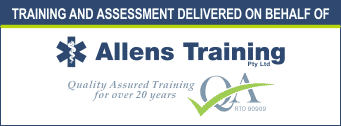Life has a way of throwing curveballs when we least expect them. One moment you’re enjoying a barbie with your mates, and the next, someone’s in medical distress.
It’s in these heart-stopping moments (sometimes literally) that you might wonder: “Is CPR the answer?” In this article we’ll help you learn when CPR is your best mate and when it’s better left on the sidelines.
Can CPR Help an Asthma Attack?

Picture this: your mate’s having an asthma attack, and you’re wondering if CPR could help. Could you just breathe into his mouth. Hold that thought! During an asthma attack, the airways are narrowed, making it hard to breathe, but they’re still breathing. CPR is for when someone’s not breathing at all.
Instead of CPR, here’s what you can do:
- Help them sit upright
- Assist with their inhaler if they have one
- Call for medical help if the attack is severe
Now, if the asthma attack is so severe that they lose consciousness and stop breathing, that’s when CPR comes into play. But let’s hope it doesn’t come to that!
Can CPR Help a Heart Attack?

Ah, the classic heart attack scenario. But before you start chest compressions, remember this: a heart attack is not the same as a cardiac arrest.
During a heart attack, the heart is struggling but still beating. CPR is for when the heart has stopped entirely. For a heart attack, here’s what you should do:
- Call 000 immediately
- Help them into a comfortable position
- Offer aspirin if available (and they’re not allergic)
However, if the heart attack progresses and the person becomes unconscious and stops breathing normally, that’s your cue to start CPR. It’s like being the understudy – you hope you won’t be needed, but you’ve got to be ready just in case.
Can You Give CPR to Someone Having a Seizure?

Seeing someone have a seizure can be scary, but CPR isn’t the answer – at least not right away. During a seizure, a person’s body is moving involuntarily, but their heart is usually still beating.
Here’s what you should do:
- Clear the area around them to prevent injury
- Time the seizure
- Place them in the recovery position once the seizure stops
Here’s the important bit: Often, within 30 seconds of a seizure ending, the person will start breathing again. But if they don’t start breathing normally after the seizure, that’s when you need to jump in with CPR.
So When Do You Actually Use CPR?
Here’s the heart of the matter (pun absolutely intended): You start CPR when someone is unconscious and not breathing normally. That’s it. It’s not for asthma attacks, ongoing heart attacks, or active seizures. It’s for when the heart has stopped pumping, and you need to be their temporary human heart until help arrives.
The Bottom Line: CPR Knowledge is Power
At the end of the day, understanding CPR is like having a secret weapon in your back pocket. It’s not for every situation, but when it’s needed, it’s irreplaceable. Knowing when to use it – and when not to – could make you the difference between a tragedy and a close call.
Remember, in any emergency, staying calm and assessing the situation is key. And if you’re ever in doubt? Call 000. Those folks are the real experts.
Want to feel more confident in handling life’s unexpected emergencies? Our HLTAID009 Provide cardiopulmonary resuscitation course is just the ticket. We’ll teach you not just how to perform CPR, but when it’s the right call. Because in the game of life and death, you want to be making all the right moves.
Stay safe out there, Brisbane. Life’s full of surprises, but with the right knowledge, you’ll be ready for whatever comes your way!
Hi there! I'm Jack Majlinger. I began my first aid journey back in 2012, with my first "first aid" course. It was after a hiking accident where a friend had to be airlifted. Over the years, my first aid skills grew, I volunteered at equestrian events and local shows and became a first aid trainer.
When I'm not working on content, I enjoy spotting birds in the wild and writing jangle pop tunes.






